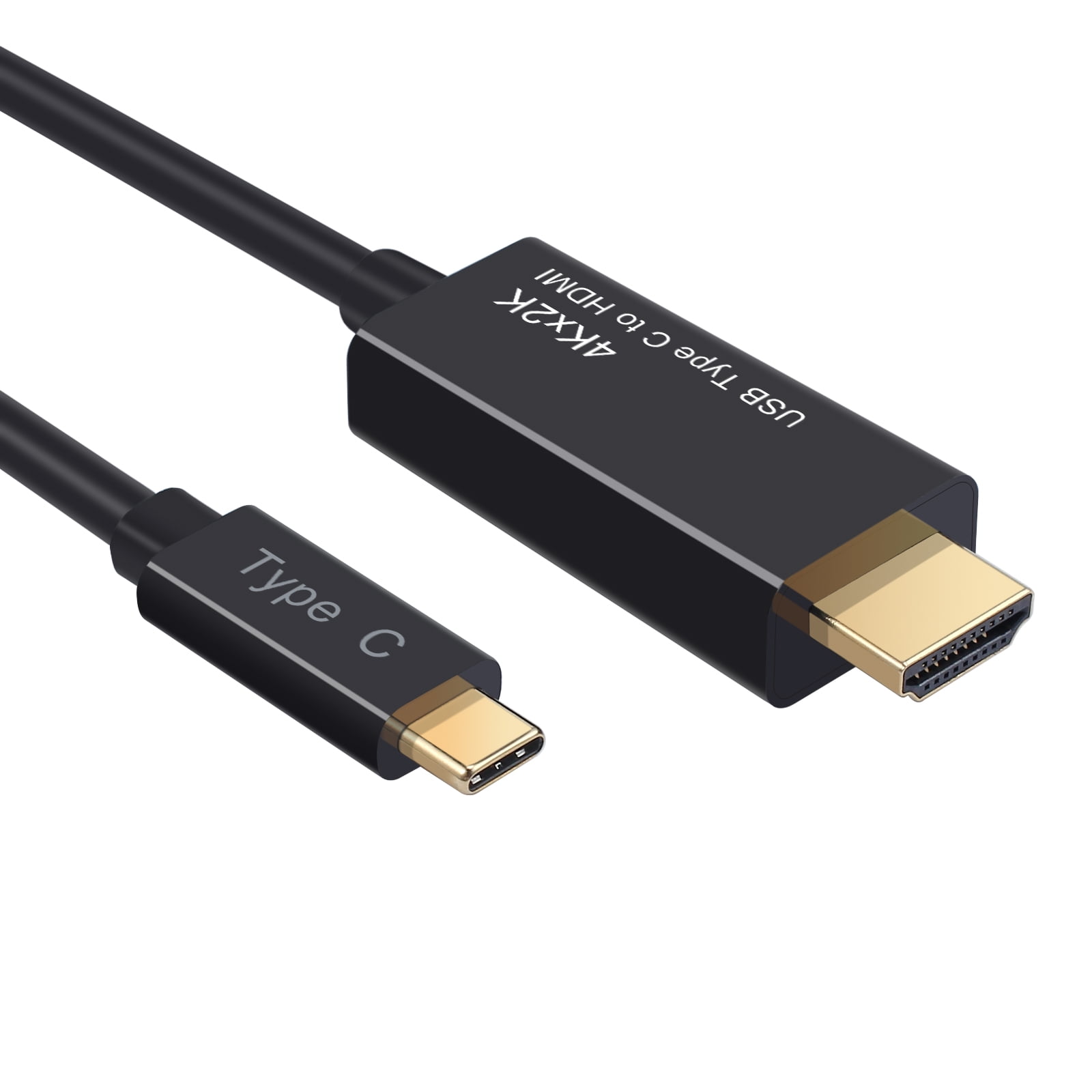

Simply put, Thunderbolt 3 delivers the best USB-C.

It’s unrivaled for new uses, such as 4K video, single-cable docks with charging, external graphics, and built-in 10 GbE networking. A single cable now provides four times the data and twice the video bandwidth of any other cable, while also supplying up to 100W of power. For the first time, one computer port connects to Thunderbolt devices, every display, and billions of USB devices.

What is Thunderbolt™ 3? Computer ports with Thunderbolt 3 provide 40Gbps Thunderbolt – double the speed of the previous generation, USB 3.1 10Gbps, and DisplayPort 1.2. For full details please see the News Byte on the Intel Newsroom. It is the most comprehensive Thunderbolt specification yet with compliance across the broadest set of industry-standard specifications – including USB4, DisplayPort and PCI Express (PCIe) – and is fully compatible with prior generations of Thunderbolt and USB products. Thunderbolt 4 always delivers 40 Gbps speeds and data, video and power over a single connection. What is Thunderbolt™ 4? Thunderbolt 4 builds on the innovation of Thunderbolt 3 for a truly universal cable connectivity experience. Thunderbolt was developed to create new user experiences by simultaneously supporting the fastest data and most video bandwidth available on a single cable, while also supplying power.

This is convenient with laptops and all-in-one computing systems that are difficult, if not impossible, to upgrade.Īdding an external graphics card is one way this technology can be helpful another is the use of an external graphics accelerator that works with pro apps to speed up certain complex tasks, such as rendering in 3-D modeling, imaging, and filmography.Quick Links: What is Thunderbolt Technology | Thunderbolt Technology & USB-C | Developers & Press What is Thunderbolt™ technology? Users have long wanted desktop-level performance from a mobile computer. Having the ability to connect an external graphics card to your computer allows you to easily upgrade your graphics. It connects via the PCIe interface within the computer, so it can also be connected externally using a PCIe expansion chassis with a Thunderbolt 3 interface. One component that commonly uses this form of connectivity is the graphics card or GPU inside your computer. We tend to think of Thunderbolt 3 as a simple cable that can perform at high speeds, but the technology behind the Thunderbolt port is based on the PCIe 3 ( Peripheral Component Interconnect Express) bus system that's used to connect computer components.


 0 kommentar(er)
0 kommentar(er)
